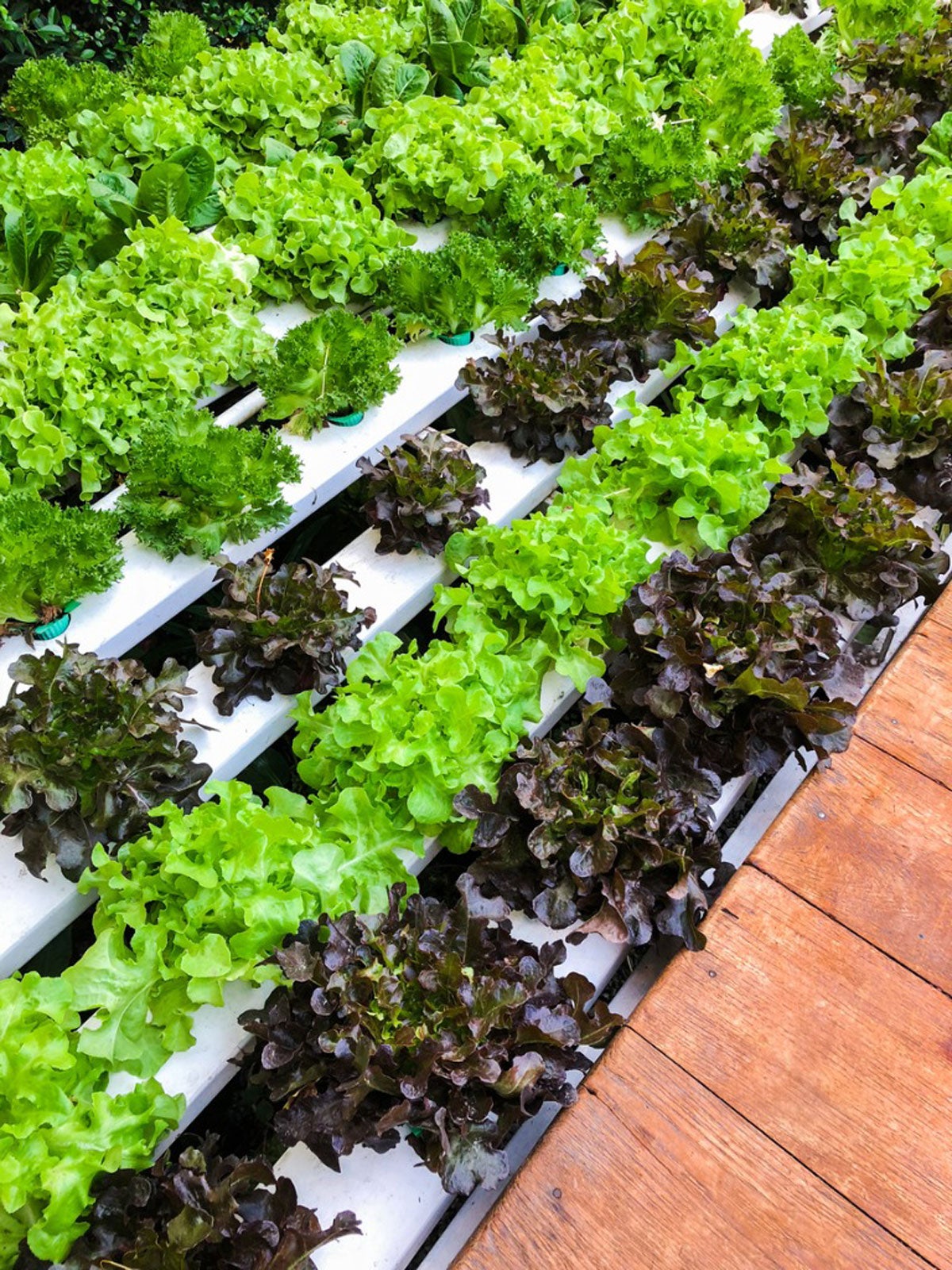Indoor Farming Ideas – Tips For Farming Inside Your Home


Indoor agriculture is a growing trend and while much of the buzz is about big, commercial operations, ordinary gardeners can take inspiration from it. Growing food inside conserves resources, allows for year-round growth, and ensures you know how and where your food is grown.
Growing an Indoor Farm
There are many great reasons to consider veggie farming indoors:
- Grow your own food and know where it comes from and that it is organic.
- You can grow food year-round, regardless of climate and weather.
- Growing your own food minimizes carbon emissions from food transport.
- Indoor farming is an option if your garden space is limited.
There are potential issues too. Do you have enough space? Can you afford the equipment and tools needed to get started? Will you make your own system or buy a kit? Think about all the potential benefits and challenges before diving into an indoor farm.
Indoor Farming Ideas
There are many ways to do indoor farming as long as plants get the basics: light, water, and nutrients. Here are some ideas to think about for your indoor veggie growing:
- Vertical farm - Try vertical farming inside to make the most of limited spaces. The concept is simply that you stack beds vertically to make a tower. You can grow a lot of food in a small space this way.
- Hydroponics - A cleaner way to grow food indoors is to skip the soil. A hydroponic system uses water with nutrients added to grow plants.
- Aeroponics - The system of aeroponics growing uses no medium, although it is similar to hydroponics. The roots are in the air, and you simply mist them with water and nutrients.
- Greenhouse - Outside the home, but still an indoor space, a greenhouse can be a good way to grow food year-round. You need space for it, but it will allow you to control the environment without putting the garden inside the house.
Indoor Agriculture Tips
Whichever type of growing you choose, the plants all need the same basics:
- Use appropriate grow lights and know how much light per day the plants need.
- Whether you use soil or another medium, use fertilizers to make sure plants get enough nutrients.
- If you’re new to indoor or veggie gardening, start with plants that are easier to grow. Try lettuce, herbs, and tomatoes.
- Consider using an indoor growing kit. These come with everything you need and in a variety of sizes. You can get a small kitchen countertop system that grows a few lettuce plants or a large grow kit to feed the whole family.
Gardening tips, videos, info and more delivered right to your inbox!
Sign up for the Gardening Know How newsletter today and receive a free copy of our e-book "How to Grow Delicious Tomatoes".

Mary Ellen Ellis has been gardening for over 20 years. With degrees in Chemistry and Biology, Mary Ellen's specialties are flowers, native plants, and herbs.
-
 Looking For Plants To Give You The Soft And Fuzzies? Try These 5 Fuzzy Leaf Plant Options
Looking For Plants To Give You The Soft And Fuzzies? Try These 5 Fuzzy Leaf Plant OptionsLovers of texture, drama, silver foliage and tactile plants will adore these special sensory garden additions. These fuzzy leaf plant options will leave you all aglow
By Susan Albert
-
 Get Ready For A Summer Of Hummers! Grow These Full Sun Hummingbird Plants and Flowers
Get Ready For A Summer Of Hummers! Grow These Full Sun Hummingbird Plants and FlowersIf you’re lucky enough to enjoy a sunny backyard, make sure you are maxing out on your pollinator opportunities and grow these full sun hummingbird plants and flowers
By Tonya Barnett